This guidance applies in England

How can I reduce the impact of a TB breakdown on my business?
Bovine TB poses a significant challenge to the cattle farming industry and costs the taxpayer over £100 million every year. As well as the financial cost, bovine TB also has a devastating impact on farmers and rural communities.
All cattle keepers should consider how they will manage their herd in the event of a TB breakdown. It is recommended that farmers adopt a proactive approach and develop a contingency plan for bovine TB with input from their private vet. Contingency planning enables farmers to better manage the risks to their business and ultimately reduce the impact of a TB breakdown.

Developing a contingency plan
Each cattle enterprise is different, and so it is vital that farmers consider their business model and identify specific risks that would arise in the event of a TB breakdown. For example, a large commercial dairy herd spread over several farms will have different risks to a small holding with a pedigree suckler herd.
To control the risk of spreading bovine TB through the movement of cattle with undisclosed infection, only limited and controlled cattle movements onto and off TB-restricted holdings are permitted. This is why contingency planning around cattle movements is probably the most important part of any business continuity plans for cattle farms in the High Risk and Edge areas of England.
Minimising the impact of TB restrictions
TB restrictions prevent movements of cattle onto a TB-restricted holding except under licence. Consider how TB restrictions would impact on your farm business – how could you minimise this?
Movement of cattle onto a TB-restricted holding
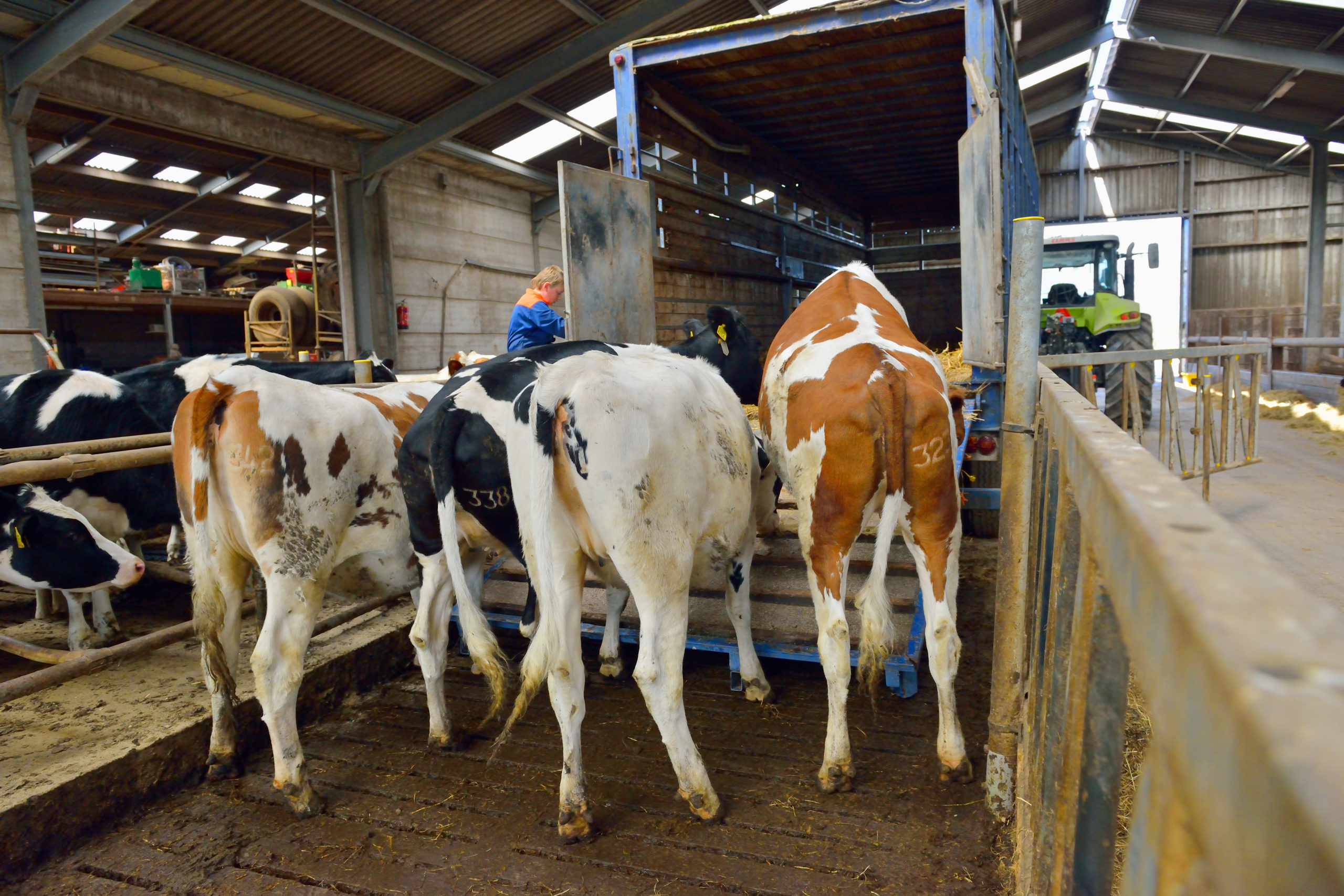
No movements of cattle on are permitted:
- prior to completion of the first short interval test (SIT)
- when there are reactors on farm
- if TB testing is overdue
Movements of cattle from a TB-restricted holding onto another TB-restricted holding are generally only considered where the destination herd is due to have at least two SITs at severe interpretation.
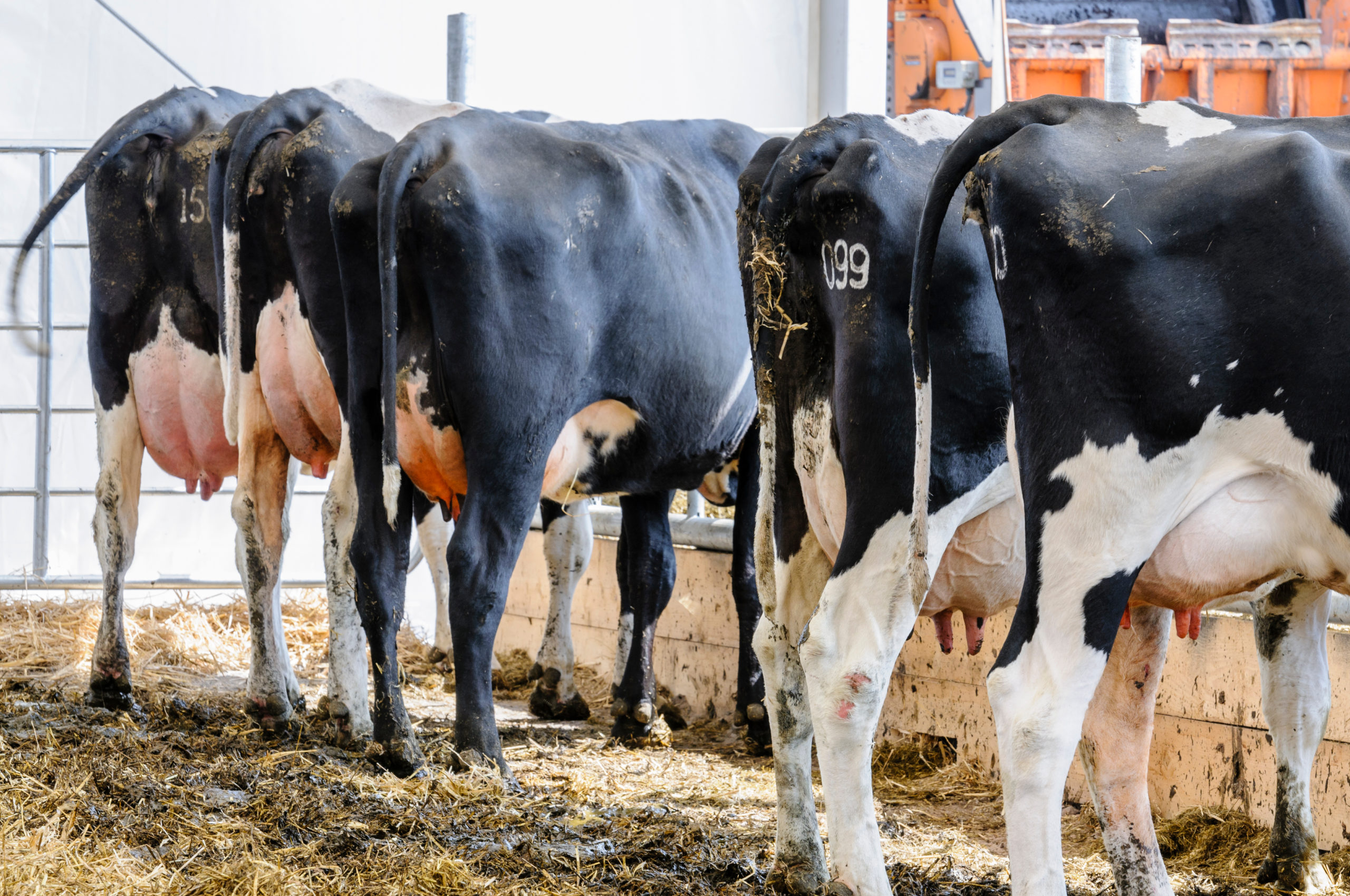
Farmers can apply to the Animal & Plant Health Agency (APHA) for a licence to move cattle onto a TB-restricted holding. All licence applications are assessed and a veterinary risk assessment (VRA) is carried out. If a movement is deemed high risk, then the licence request is refused.
If your business model requires the movement of cattle onto your holding during a TB breakdown, then sourcing from herds with a lower risk of bovine TB will reduce the risk of introducing further undisclosed infection. There is of course a greater risk that cattle moved on will become infected after introduction to the herd. This will potentially increase the pool of infected cattle and prolong the TB breakdown, adding to the cost of the breakdown both for the keeper and the taxpayer.
Licences for movements on
There are certain situations over the course of a breakdown when cattle need to be moved onto a TB-restricted holding. Farmers can apply to APHA for a movement licence for:
- Welfare reasons e.g. calves moved on for suckler cows that have lost their calves.
- Breeding reasons e.g. moving a stock bull on to allow herd management to continue as far as possible where there is no alternative option available e.g. artificial insemination (AI).
- Economic reasons e.g. if the number of cattle compulsorily slaughtered for disease control purposes causes financial hardship or milk quota problems for the producer.
APHA assesses each individual situation and carries out a VRA. If the conclusion of the VRA is that the risk is acceptable, a licence is issued.
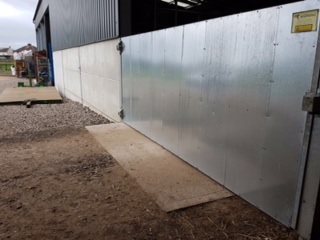
Approved Finishing Units (AFUs)
If you are in the business of rearing and/or finishing cattle for slaughter and your business model depends on a continuous throughput of cattle, consider becoming an AFU. They are biosecure cattle units approved by APHA which provide a route for rearing, fattening or finishing cattle from TB-restricted and unrestricted farms.
AFUs provide an alternative outlet for cattle from TB-restricted holdings other than direct to slaughter. This can assist with preventing animal welfare issues and help alleviate financial difficulties for farms under TB restrictions.
Specific contingency for dairy businesses
Unrestricted herds cannot be restricted solely for the purpose of receiving TB-restricted cattle. If you are dependent on a continuous flow of heifers from another holding, the following contingency planning should be applied:
- Identify an alternative source of heifers in advance of a TB breakdown so that in the event of a breakdown in the heifer rearing unit, continuity can be maintained.
- In the event of an inconclusive reactor (IR) being disclosed in an OTF herd, be aware of the potential impact of the ‘three year rule’. When an IR is found, an isolation notice is served and whole herd movement restrictions automatically applied. If the herd has had a TB breakdown with lesion and/or culture positive animals within the last three years, whole herd movement restrictions remain in force until the IR is re-tested. If the herd has not had a breakdown with lesion and/or culture positive animals within the last three years, whole herd movement restrictions are lifted and only the IR remains restricted until it is re-tested.
- Insure against loss of income if you cannot source adequate numbers of heifers and meet your milk production targets and/or negotiate a flexible deal with your buyer in the event of a TB breakdown.
- Plan to move heifers several months before their calving date. In the event of a breakdown on the main farm this may enable the first SIT to be completed 60 days after the start of the breakdown as licences cannot be issued before the first SIT. Pregnant animals are unfit for transport after the last 10% of gestation and for a week after calving under animal welfare legislation.
Reduce the risk of TB breakdowns in both units by:
- Ensuring that your heifers are not reared in an area where bovine TB is endemic. You can check the local TB situation in a particular area by looking at ibTB, an online interactive map showing ongoing and closed TB breakdowns in England and Wales.
- Ensuring that your heifers are not reared on a holding together with heifers from high risk herds or areas.
- Identifying the most likely transmission routes of bovine TB to your herd (your private vet will be able to help) and address these to reduce the risk of a TB breakdown.
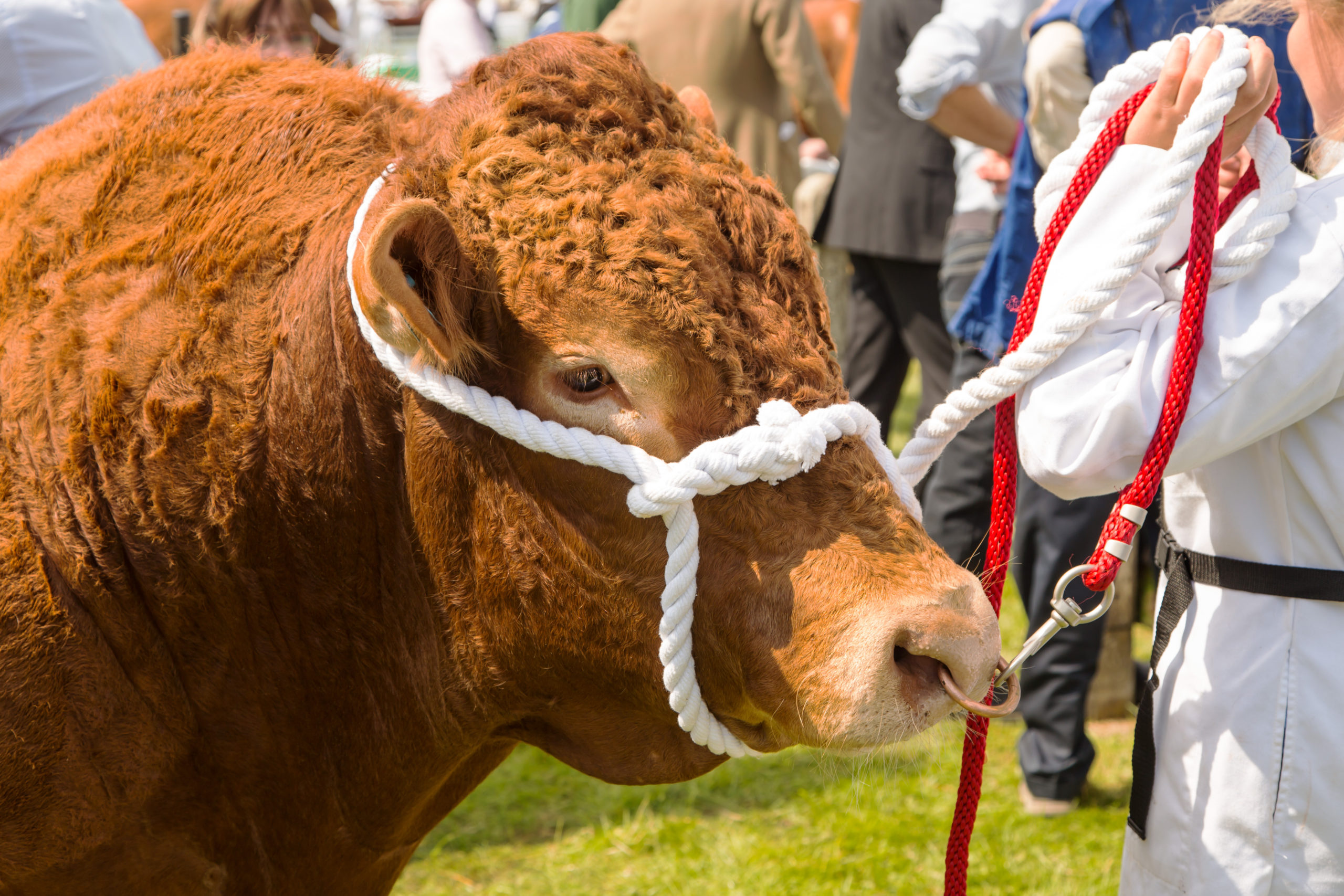
Bulls
If your business model depends on the movement of bulls onto your holding, ensure that you plan in advance and if possible, move bulls on before carrying out any routine TB tests to mitigate the impact of movement restrictions if reactors are subsequently found.
Movement of cattle off a TB-restricted holding
TB restrictions prevent movements of cattle off a TB-restricted holding except under licence. No movements off are permitted (except directly to slaughter):
- when there are reactors on farm
- prior to completion of the first SIT
- if TB testing is overdue
Movements of cattle directly to slaughter are permitted under a general or specific licence. Farmers can apply to APHA for a licence to move cattle off a TB-restricted holding, however they can only move to certain destinations e.g. TB dedicated sale (orange market), AFU, TB Isolation unit or another TB-restricted holding. All licence applications are assessed and a VRA is carried out. If the movement is deemed high risk, then a licence will be refused.
Movements of cattle from a TB-restricted holding onto another TB-restricted holding will generally only be considered where the destination herd is due to have at least two SITs at severe interpretation. Cattle moving off a TB-restricted holding must have passed a TB test within a certain time frame depending on the type of destination (see table below).
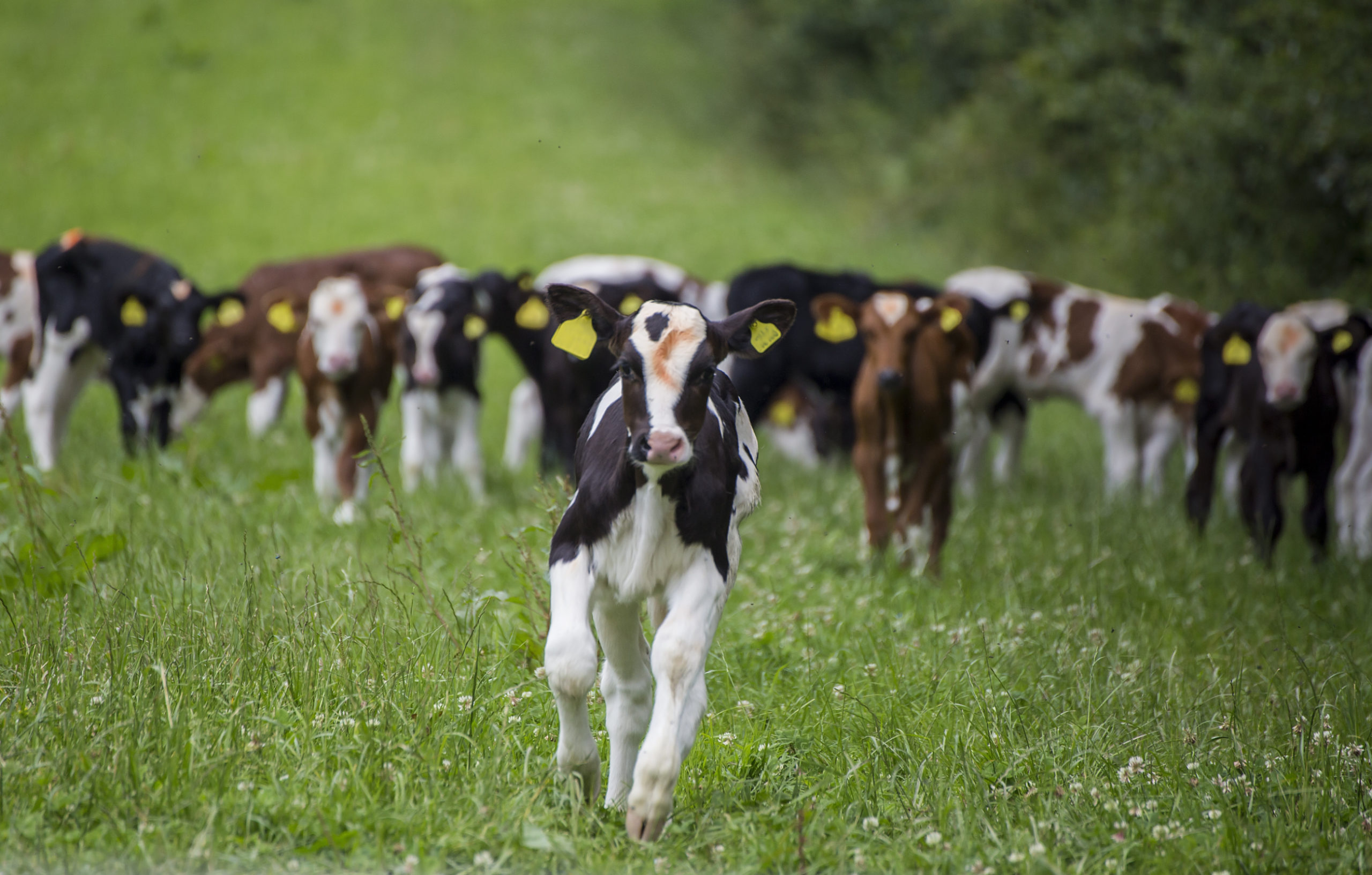
Research options in advance
Farmers need to consider their options for moving cattle off their holding during a TB breakdown. Outlets for cattle that need to be moved off whilst under TB restrictions (e.g. dairy calves, store cattle) should be researched in advance, or alternatively plans put in place to rear or milk these animals on farm until they can be moved. The calf marketing and rearing options directory on the NFU website is a helpful resource.
Options for management of dairy heifers must also be considered in the event that they cannot be moved to the intended dairy before calving. Cattle movements cannot be licensed from a TB-restricted herd to an unrestricted herd. It is important to remember that a licence to move cattle off a TB-restricted holding to another holding will not be issued if the VRA concludes that the movement is high risk.
Options for movement of cattle off a TB-restricted holding under licence
| Destination | TB testing requirement* | Types of cattle |
| AFU (with and without grazing) | Clear test within 90 days of movement | Calves (rearing AFUs). Stores and culls (finishing AFUs) |
| TB isolation unit (can only take cattle from a single source over a limited period of time) | Clear test within 60 days of movement | All types; particularly useful for groups of dairy calves |
| TB dedicated sale (orange market) | Clear test within 90 days of movement | All types |
| TB approved slaughter gatherings (red markets) | Clear test within 90 days of movement | All types |
| TB restricted holding | Clear test within 30 days of movement | All types |
| Direct to slaughter | No test required. Cattle must not be reactors, inconclusive reactors or direct contacts | All types |
*Calves under 42 days old do not require TB testing
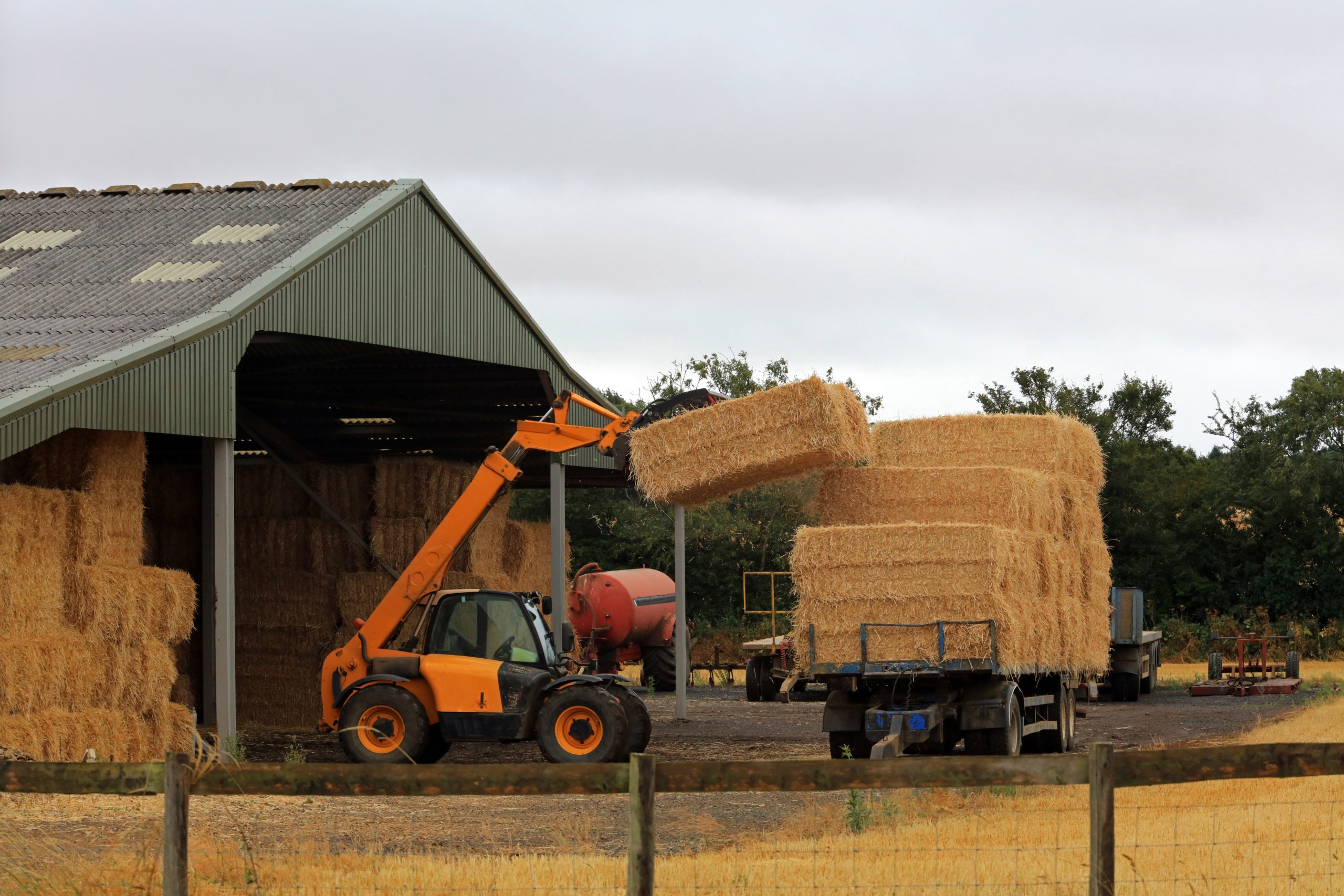
Planning for the worst case scenario
There is potential for holdings to remain under prolonged movement restrictions during a TB breakdown and therefore a contingency plan needs to be in place for provision of feed, grazing, housing, labour etc. to avoid overcrowding and welfare issues.
Farmers with an agricultural tenancy agreement should plan ahead and consider how TB restrictions could impact on any planned or unexpected termination of the agreement.
Minimising the impact of TB restrictions on separately managed herds
If your cattle business has two or more separately managed herds (e.g. a dairy herd and beef herd), you may want to consider applying for one or more additional CPH numbers. This could help to reduce the impact of any future TB breakdown in one of the herds. The following criteria must be met to apply for an additional CPH:
- The herds must be officially TB free.
- They must be separated by location i.e. on a separate parcel of land with distinct and described boundaries.
- They must be separated by management i.e. to minimise the risk of spread of infection to the separate premises either by direct or indirect contact. Minimising direct contact involves adequate distance separation and prevention of nose-to-nose contact with other stock. Minimising indirect contact involves separate management practices, handling, feed and water management and separate facilities for each CPH, such as milking parlours.
- The herds may have movements between them, but these must be infrequent, will usually be one-way and must be compliant with pre-movement testing requirements and recorded on the cattle tracing system (CTS).
- The new ‘herd’ will require a new herd mark and separate herd register.
- If the additional CPH straddles a different TB risk area, the stricter of the risk area rules will apply to all parts of the new CPH.
Use of temporary land
In 2016, Defra made changes to simplify the rules on reporting livestock movements and how farms are registered. Farmers need to consider the implications of suffering a TB breakdown when their cattle are located at temporary grazing. Cattle keepers using land on a temporary basis must apply to APHA to register that land use under one of the following:
Temporary CPH numbers last a maximum of one year with an option to renew. A tCPH is permitted where it lies in a different TB risk area to that of the applicant’s permanent CPH (pCPH). The TB testing interval of the herds reflect that of the area(s) where each of them is located, except tCPHs in the Low Risk Area, which have the same testing interval as that of their pCPH. Pre- and post-movement testing rules apply as usual for cattle movements between tCPHs and pCPHs.
Farmers need to consider the implications of suffering a TB breakdown when their cattle are located at a tCPH. In this situation, APHA does not assume by default that cattle kept on tCPHs are separate epidemiological groups from the animals on the applicant’s pCPH and the default position is that TB restrictions are placed on the tCPH. When a pCPH and any additional CPHs (whether permanent or temporary) are TB-restricted, movements between them are only permitted under licence following a VRA. If the tCPH is found to be truly epidemiologically separate in terms of cattle movements and management following VRA, then restrictions may be lifted.
If a keeper temporarily uses land within 10 miles of a pCPH they hold, they have the option to associate that land to it via a TLA. TLAs last up to a maximum of one year with an option to renew. A TLA is only permitted where the piece of land is in the same TB risk area to that of the applicant’s pCPH. The land covered is treated as part of that pCPH for all livestock recording and reporting purposes i.e. movements do not need to be reported following movements of cattle between the land permanently included in their CPH and the land temporarily associated to it.
Farmers need to consider the implications of suffering a TB breakdown when their cattle are located at a TLA. Cattle on a TLA are considered to be part of the same epidemiological group as the herd on the applicant’s pCPH and TB restrictions are automatically applied to the TLA.
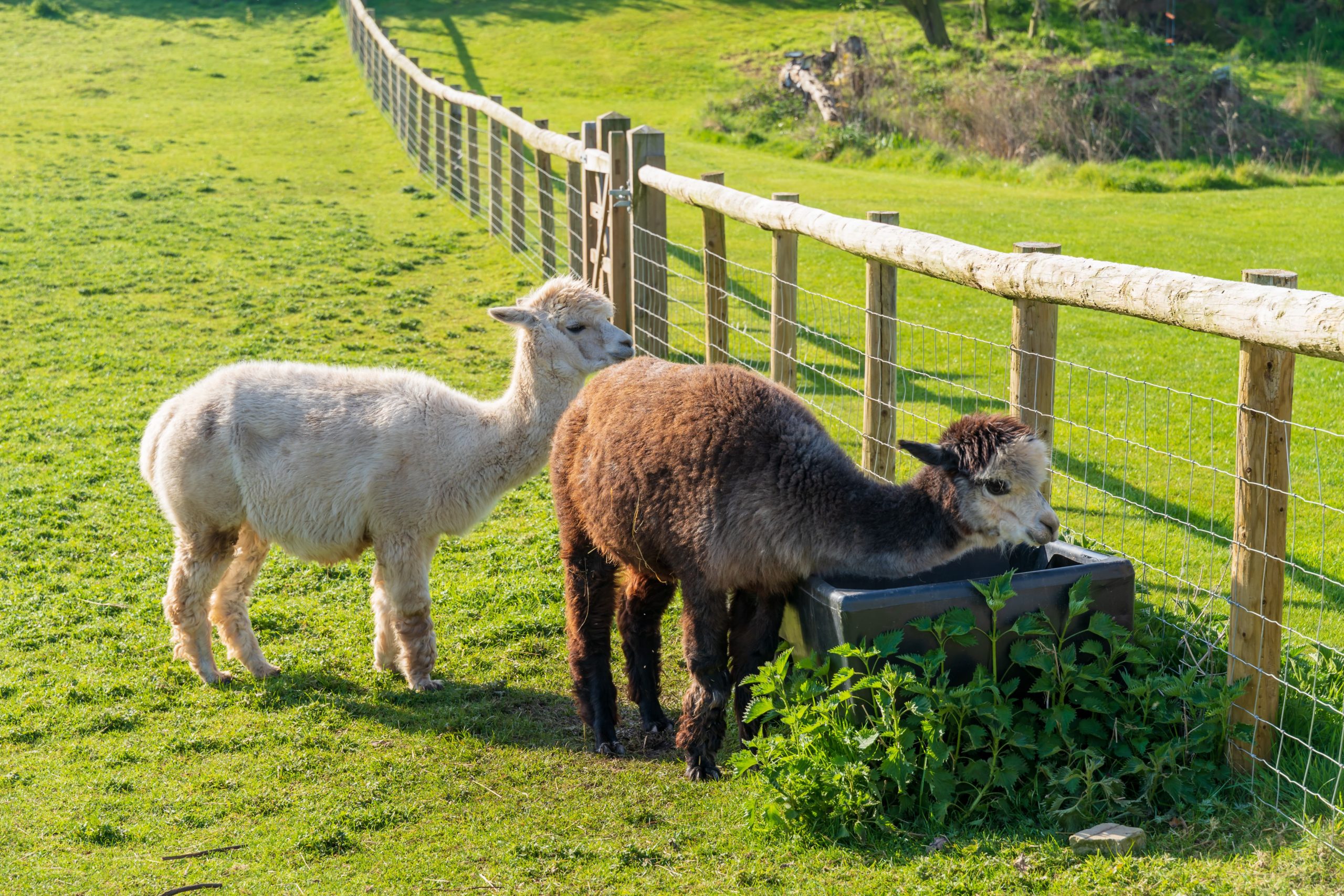
Co-located farmed non-bovine species
Farmers need to be aware of the implications of co-located farmed non bovine species on holdings that suffer a TB breakdown in cattle. Farmed non bovine species such as South American camelids, goats, farmed deer, pigs and sheep are susceptible to TB and are subject to statutory TB controls.
If possible, they should be located and managed separately from cattle to avoid any potential transmission of TB between species.
Keepers should be aware that separate management of co-located non bovines does not necessarily guarantee that TB restrictions and testing will not be applied to them in the event of a TB breakdown in cattle.
In summary
- Develop a contingency plan for bovine TB with your vet.
- Consider the specific risks of TB restrictions on your farm business and how you can minimise them.
- Know your options for trading whilst under TB restrictions.
- Be proactive, plan for the worst case scenario and don’t think ‘it won’t happen to me’.
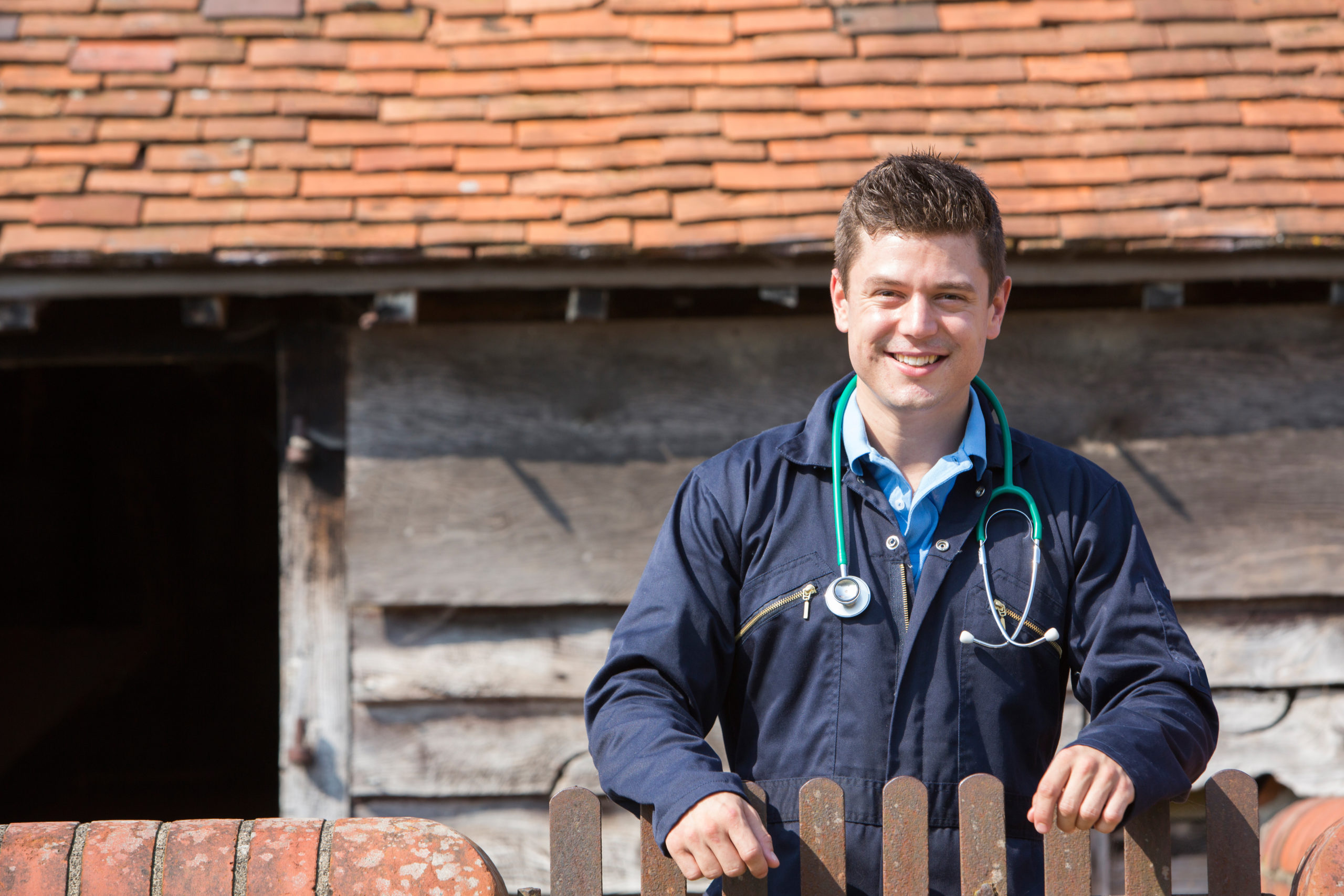
Useful resources
- Approved Finishing Units
- Information about the rules on movements of cattle between TB-restricted holdings
- Trading options for TB-restricted cattle
- ibTB - online interactive map displaying TB breakdowns in England and Wales
- Information about how to apply for an additional permanent CPH number